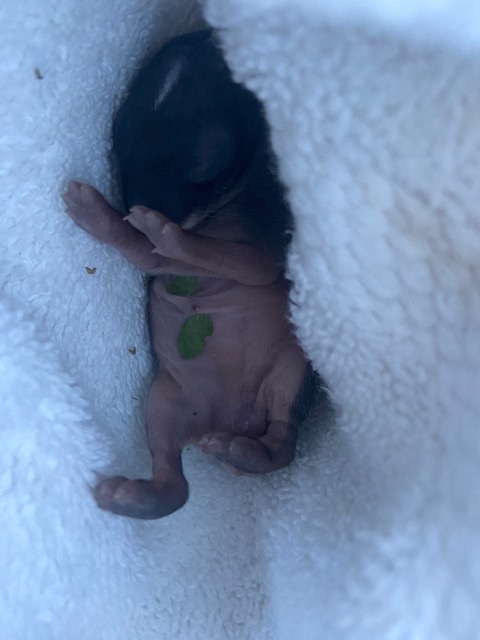
Remember that wild animals carry a variety of diseases that are detrimental to your pets as well as yourself; it’s therefore important to limit contact with any animals, even with protective gear. Do not leave a water bowl or unnecessary items in the box while transporting an animal. The items could conceivably crush or otherwise harm the animal, and wildlife should not be given food or water by anyone other than a wildlife rehabilitator or veterinarian unless it’s been specifically instructed. Use only newspaper or a soft, non-raveling cloth (not terrycloth) to line the box. Never use wood chips or cedar shavings! Keep the animal out of direct sunlight. Keep the radio off and talking to a minimum if traveling with a companion. Keep domestic pets out of the car while transporting ANY wild animal. If transport will take more than 30 minutes and you are transporting babies that have no fur or feathers, you must provide a heat source external to the box/holding container (i.e. heated dry rice in a sock). The best place for the holding container is the floor of the back seat of the vehicle.
Why Immediate Action Matters: The early stages of any baby wild animal’s life are critical for its survival. Professional care ensures proper nutrition, medical attention, and the opportunity for the squirrel to develop the skills needed for life in the wild.
Remember, your compassionate response can be a lifeline for an animal in distress. By acting promptly and seeking professional assistance, you contribute to the well-being of local wildlife and play a vital role in the conservation efforts championed by The Rescue House. Together, we create a safer and more nurturing environment for our wild neighbors.
